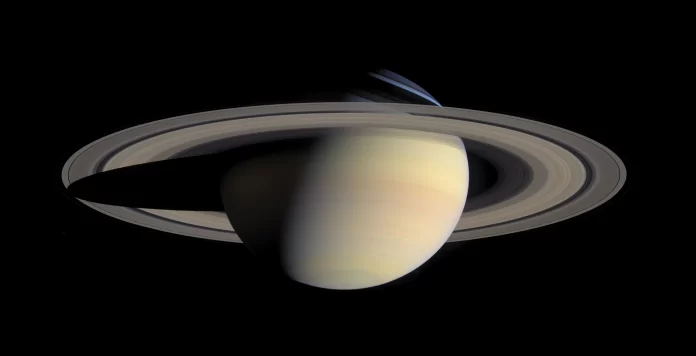The study of celestial mechanics investigates the motions and interactions of celestial bodies and is crucial to our understanding of the universe. Celestial mechanics reveals fundamental principles of physics, such as Newton’s laws of motion and gravitation, which have practical applications in fields such as engineering. It is also important for reconstructing the history of the solar system, predicting its future evolution, and planning successful space missions. Additionally, celestial mechanics provides insights into the structure and evolution of the universe, including dark matter distribution and galaxy formation. Overall, the study of celestial mechanics is essential for science and has practical applications in various fields.
The study of celestial mechanic plays a critical role in space missions and can contribute to saving the lives of astronauts in a number of ways.

Trajectory Planning: The study of celestial mechanics is essential for planning the trajectory of a spacecraft. By understanding the gravitational fields of planets, moons, and other celestial bodies, scientists and engineers can plan a trajectory that will minimize the fuel required for the journey and ensure that the spacecraft arrives at its destination safely. This is crucial for long-duration missions, where conserving fuel is essential to the survival of the spacecraft and its crew.
Orbital Maneuvers: In orbit, spacecraft must make precise maneuvers to maintain their trajectory and avoid collisions with other objects. The study of celestial mechanics is critical for calculating these maneuvers and ensuring that they are executed safely and accurately. A miscalculation could result in a collision or a significant change in the spacecraft’s orbit, potentially endangering the lives of the crew.
Re-entry and Landing: The study of celestial mechanics is also important for planning the re-entry and landing of a spacecraft. By understanding the atmospheric conditions and the gravitational fields of the planet, scientists and engineers can plan a trajectory that will allow the spacecraft to enter the atmosphere safely and land at the desired location. This is essential for the safety of the crew, as a miscalculation could result in the spacecraft burning up on re-entry or crashing upon landing.
Radiation Exposure: The study of celestial mechanics also plays a role in mitigating the effects of radiation exposure on astronauts during space missions. By understanding the radiation environment of space and the interactions of radiation with the spacecraft, scientists and engineers can develop shielding and other measures to protect the crew from radiation exposure. This is critical for the long-term health and safety of the crew, as radiation exposure can lead to an increased risk of cancer and other health problems. In conclusion, the study of celestial mechanics is essential for space missions and can contribute to saving the lives of astronauts in numerous ways. From trajectory planning to radiation shielding, the insights gained from the study of celestial mechanics are critical for ensuring the safety and success of space missions and the well-being of the crew.

